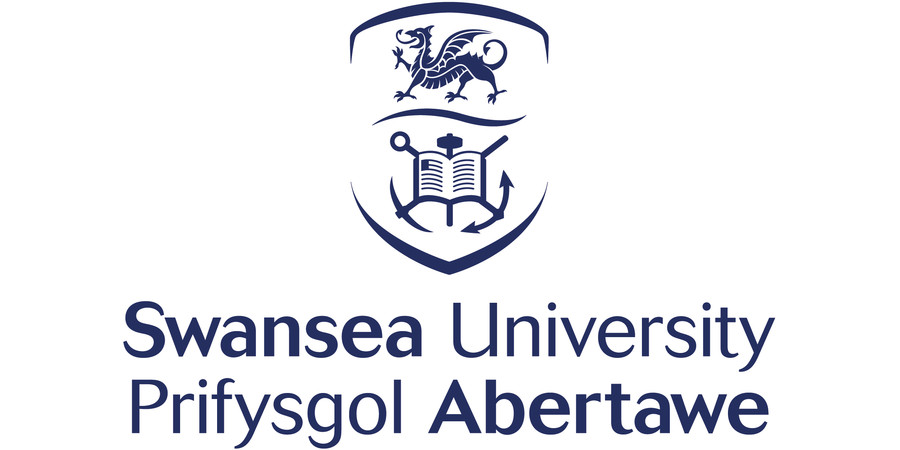PhD Studentship: Computer Science: Fully Funded PhD Studentship in Continuous self-monitoring of simulated robot motion for intent expression
Swansea University - Science & Engineering
| Qualification Type: | PhD |
|---|---|
| Location: | Swansea |
| Funding for: | UK Students, International Students |
| Funding amount: | £20,780 per annum |
| Hours: | Full Time |
| Placed On: | 18th July 2025 |
|---|---|
| Closes: | 30th July 2025 |
| Reference: | RS868 |
When robots move, human interaction partners and observers ascribe an intention to the robot. For example, in a simple pick-and-place scenario where a robot is facing two different objects, as its arm begins to move towards one of the objects, human observers ascribe a probability to the robot’s intention of picking up one or the other object, a probability which changes over time (Dragan et al, 2013). The degree to which a robot’s intention becomes clearer as it moves, or its legibility, depends on several factors, including the task at hand, the capabilities of the robot, trajectories of its motion and the viewing perspective of the observer (Nikolaidis et al, 2016).
This project will develop continuous models of action legibility using these sources of information from data collected in a virtual reality (VR) Human-Robot Interaction (HRI) scenario. The models’ measure of action legibility will be evaluated against human response times of user confirmations in a variety of scenarios, using appropriate statistical testing to test the efficacy of the models.
The project forms part of a wider effort for developing an effective VR HRI toolkit for improving interactive fluidity between robots and humans. The successful candidate will join the new Intelligent Robotics group in the Computer Science Department in the Computational Foundry in the Faculty of Science and Engineering at Swansea University, in addition to interfacing with the established Human-Computer Interaction (HCI) FIT lab. The candidate will be working alongside other researchers on the FLUIDITY project on human-robot interaction, and those working on other real-world applications.
Advert information
Type / Role:
Subject Area(s):
Location(s):









